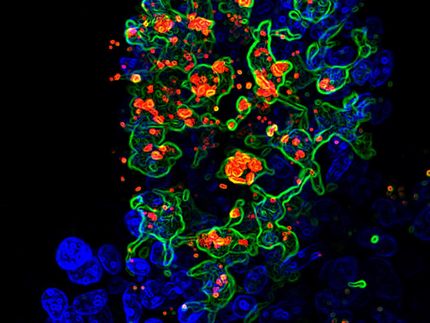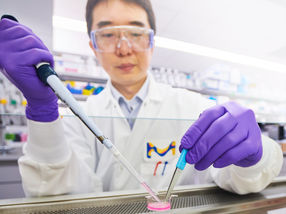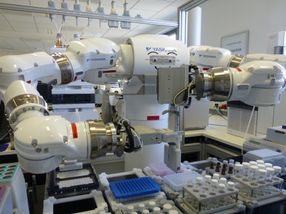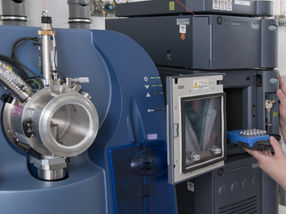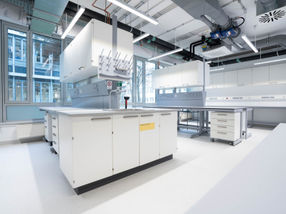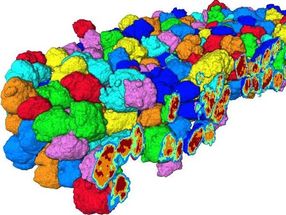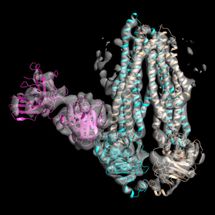Captain Birdseye’s robotic nose
The Captain can’t freeze smelly fish that’s past its best – and Icelandic scientists can now help him out by detecting the levels of stench-making bacteria faster than ever before.
The research in the Royal Society of Chemistry’s Journal of Environmental Monitoring reports a new method to detect bacteria that break down dead fish and produce the distasteful smell of rotting fish.
It opens the door to a standard of quality control even higher and speedier than the finely-tuned nose of the bushy-bearded Birdseye.
Using a technique based on the polymerase chain reaction (PCR), Eyjófur Reynisson and colleagues from Matis-Icelandic Food Research, Reykjavik, can assess the levels of bacteria in a sample in just five hours.
This is four times faster than the current quickest method, which involves traditional cultivation of the bacteria Pseudomonas, the root cause of stinking fish.
“The short detection time will provide the fish industry with an important tool for monitoring contamination by spoilage bacteria,” said Paw Dalgaard, an expert in seafood spoilage from DTU Aqua, Kongens Lyngby, Denmark.
Original publication: Eyjólfur Reynisson, J. Environ. Monit., 2008
Most read news
Other news from the department research and development

Get the analytics and lab tech industry in your inbox
By submitting this form you agree that LUMITOS AG will send you the newsletter(s) selected above by email. Your data will not be passed on to third parties. Your data will be stored and processed in accordance with our data protection regulations. LUMITOS may contact you by email for the purpose of advertising or market and opinion surveys. You can revoke your consent at any time without giving reasons to LUMITOS AG, Ernst-Augustin-Str. 2, 12489 Berlin, Germany or by e-mail at revoke@lumitos.com with effect for the future. In addition, each email contains a link to unsubscribe from the corresponding newsletter.
